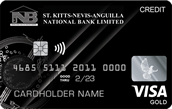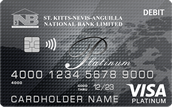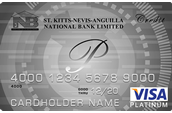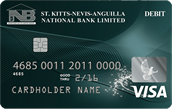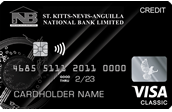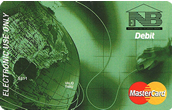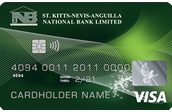Budgeting 101
A budget is a plan for every dollar you have. It’s not magic, but it represents more financial freedom and a life with much less stress. Here’s how to set up and then manage your budget.

Create your budget before the month begins
To stay on top of your budget, plan ahead. A week before a new month starts, sit down and plan your next month’s activities and expenses.
Practice budgeting to zero
Budgeting to zero means tracking every dollar you earn and giving it a place in your budget until you don’t have a single dollar to spare. This includes your savings contributions, expenses and any additional spending with contingencies.
Budgeting to zero can show you where your money is going and give every dollar you earn a purpose.
Use the right tools
Set yourself up with the right tools to ensure success from the beginning. Track your money with a budgeting app or use apps to keep track of money spent. Powerful budgeting tools can help you track where your money goes, push you to prioritize your goals and bills and alert you if you spent too much on one category.
Establish needs versus wants
“Needs” are anything crucial for your basic physical, mental and financial well-being — think food, rent and debt repayment. These should always be factored into your budget.
Consider the 50/20/30 rule, which allocates approximately 50% of your income to essential items, 20% to savings or debt and 30% to non-essential items that will enhance your lifestyle.
Prioritize debt repayment
If you’re able, prioritizing debt payments may save you money on interest and reduce financial stress.
Don’t forget to factor in fun
Part of an ironclad budget is planning for fun in addition to everything else. When you put money aside for nonessential activities, you ensure there’s enough to enjoy without the risk of overspending. Setting aside a small amount of money each month is a great way to stay on top of your finances and avoid sacrificing fun for financial freedom.
Save first, then spend
Think of saving as a fixed expense and factor it into your budget accordingly. According to billionaire Warren Buffett, it’s essential to prioritize your savings, and he recommends automating contributions to avoid temptation.
Expect the unexpected
Sometimes, all the planning in the world can’t prepare us for unexpected expenses. Things like car repairs or trips to the emergency room are impossible to predict.
That’s why it’s crucial to factor an emergency fund into your budget. For starters, aim to save the smallest amount that will make you feel taken care of in an emergency.
Plan for large purchases
If you’re considering purchasing an expensive item like a new laptop or TV, the key is planning ahead. Decide a date that you want to make the purchase, and divide the price by the number of days you have.
Adjust your budget monthly
Your needs will change, and a budget shouldn’t be set in stone. Consider re-assessing your budget monthly to get a pulse on how well you’ve been sticking to it. If you notice you’re consistently overspending in one category and under-spending in another, even out your budget to make it more achievable.
Outline specific, realistic goals
Remember that the most easily achievable goals are SMART — specific, measurable, attainable, relevant and timely. Instead of saying, “This year, I want to save more,” try, “I want to have $1,000 saved for an emergency fund by December 31.”
Don’t be too hard on yourself
Getting used to a new budgeting routine may take a few months to make perfect. Your budget may not be perfect the first or the second time around. Focus on making daily decisions with your budgeting goals in mind to help establish new habits.
Sticking to the plan will help you get the most out of your income and give you peace of mind.
Be flexible
When budgeting, it’s important to have a plan and stick to it but also be prepared to make changes when necessary. This can mean cutting back on some expenses, finding ways to save money or being open to new ideas and opportunities that can help you save money.
Being flexible with a budget can help you stay on track and confidently build a solid financial foundation.



